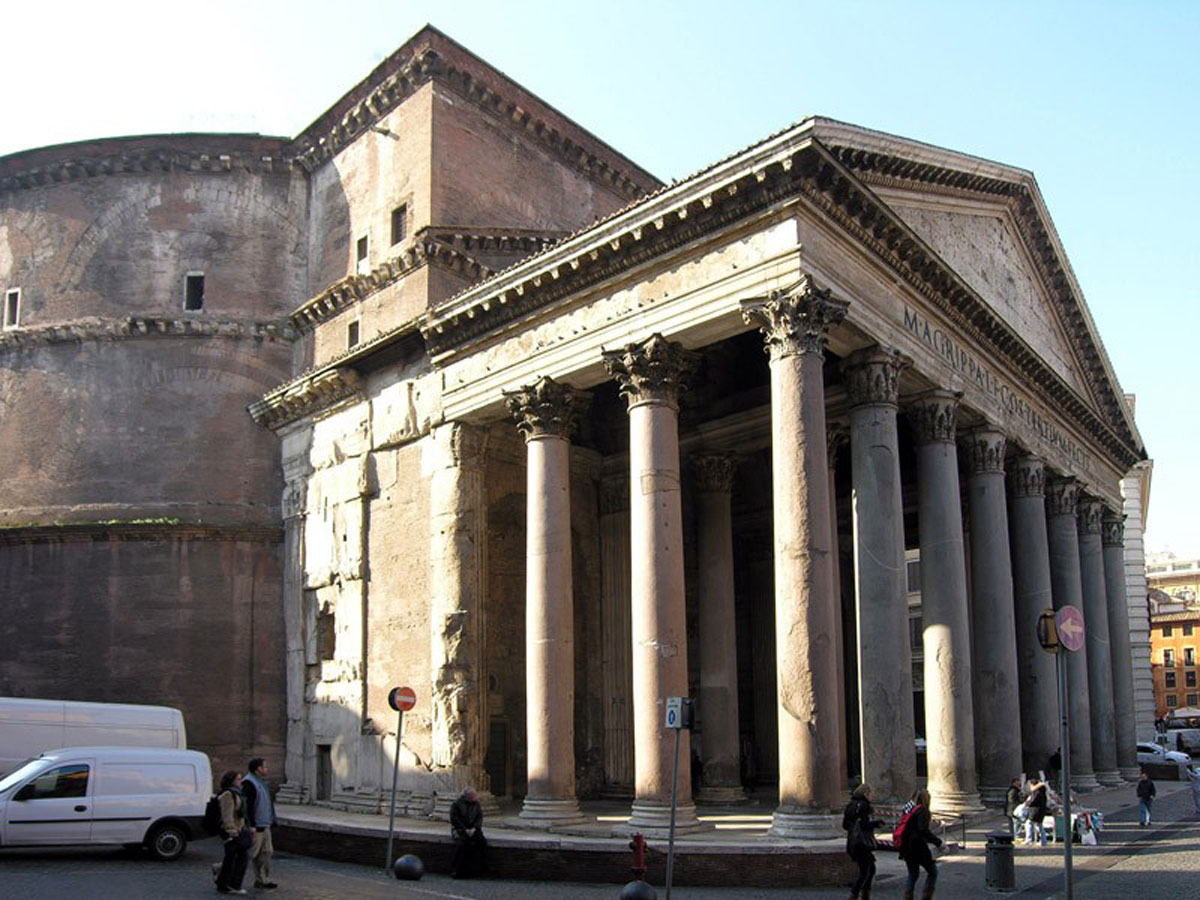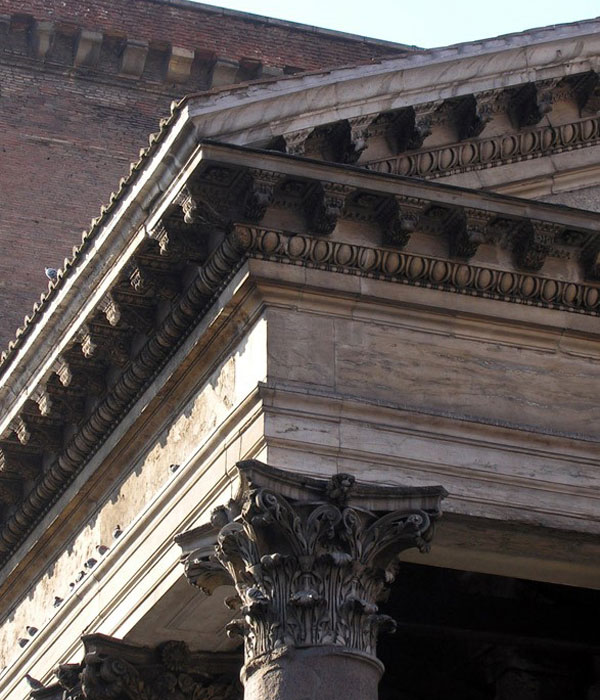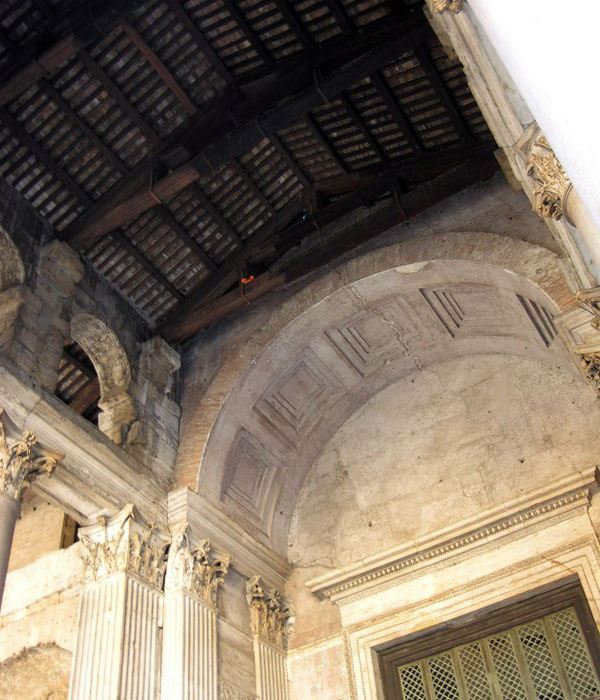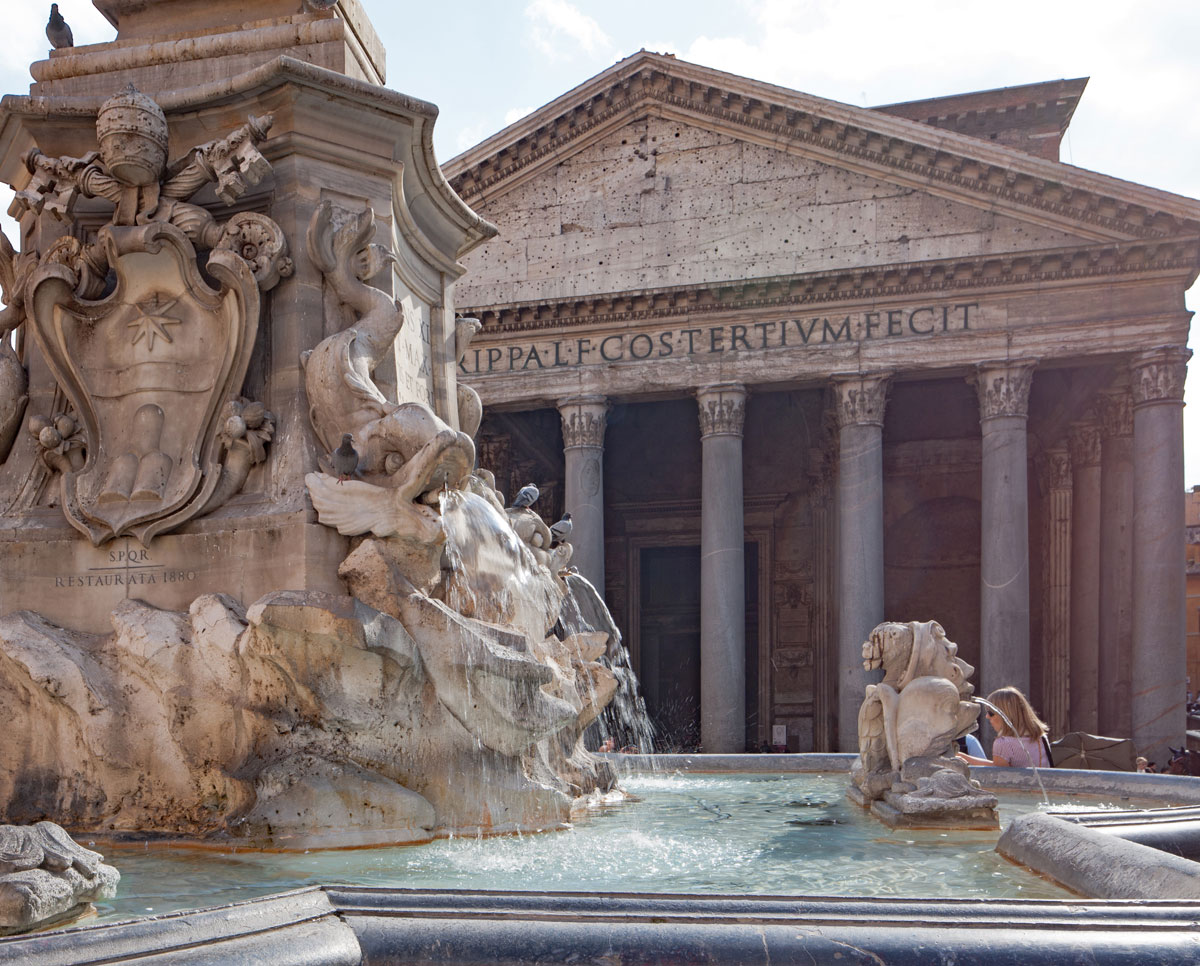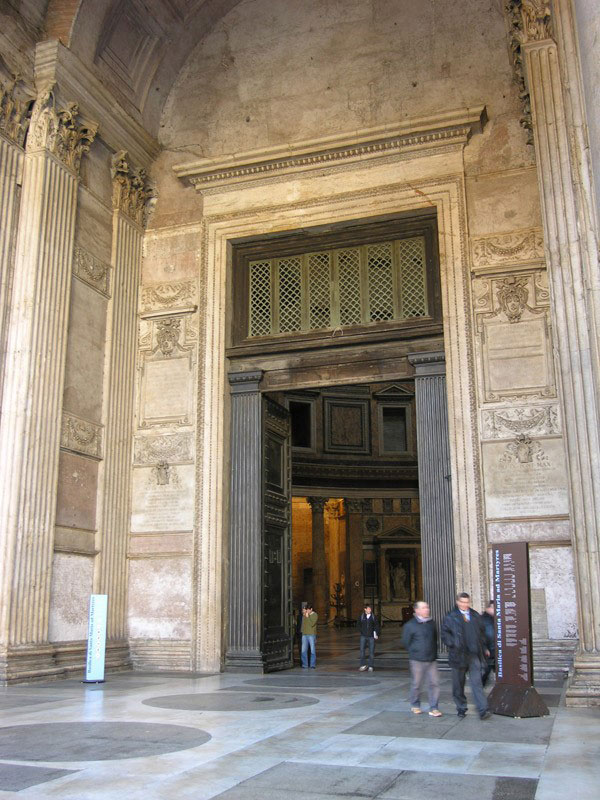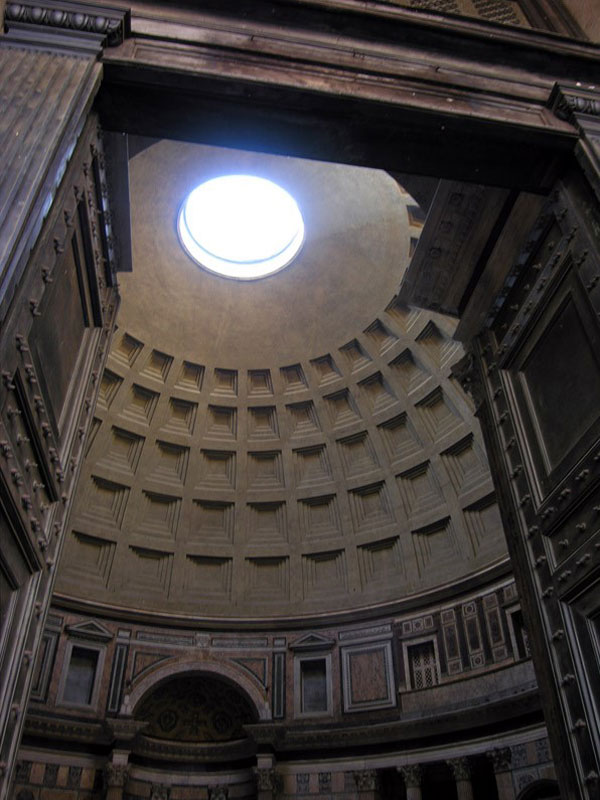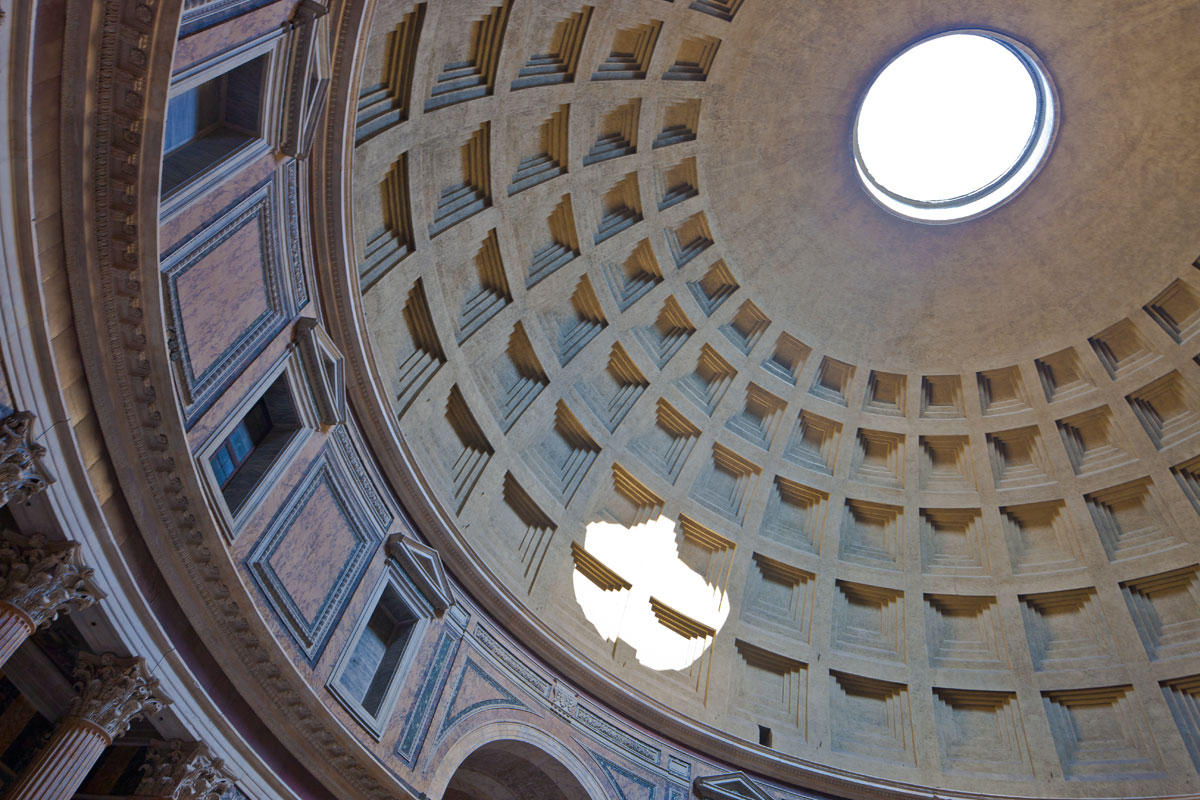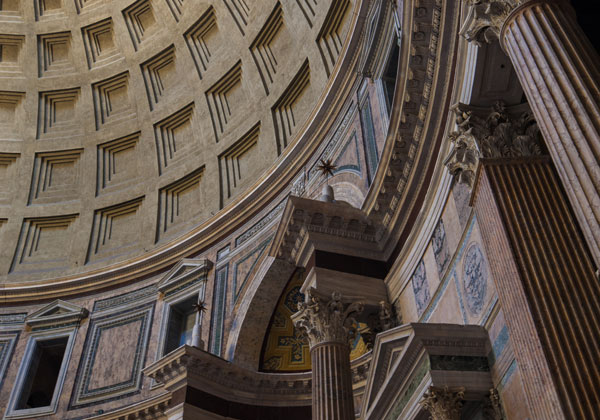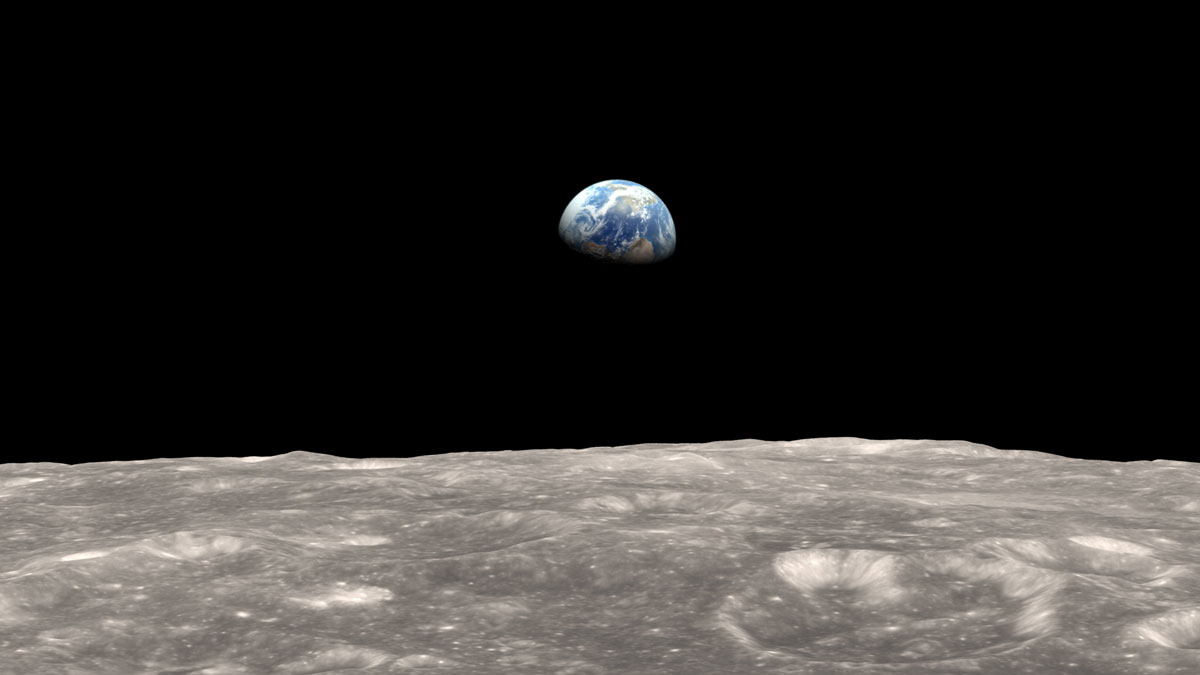The Pantheon - The Greatest Building in the World
When asked what I view as the greatest building in the world, I say 'The Pantheon' - without a shadow of a doubt. It is an amazing survivor from the ancient world, which still has the power to move almost everyone who stands under its 'most majestic canopy.'
During my early teens, I took several holidays in Rome with my parents and sister Anna. We stayed at the Albergo del Senato, which is to the left of the portico. Our rooms were on the fourth floor from where we could see the huge Corinthian capitals at eye level. The capital in our view was replaced in the 17th century under the instruction of Urban VIII, and the pope's family insignia of a bee was used for the rosette.
The Pantheon meaning, ‘temple of the many gods’, is a former Roman temple and now a church. It is on the site of an earlier temple commissioned by Marcus Agrippa during the reign of Augustus (27 BC – 14 AD). The present building was completed by Emperor Hadrian and probably dedicated about 126 AD, though he retained Agrippa's original inscription across the entablature of the front portico, which translates as, ‘Marcus Agrippa, son of Lucius, made [this building] when consul for the third time’.
On approaching the Pantheon you see the massive eight columned Corinthian portico with a pediment above. These columns all have eight columns behind them and so there are sixteen in total, each is 39 feet (11.8 m) tall, five feet (1.5 m) in diameter and brought all the way from Egypt. The shafts are individually made from a single block. How they were transported all that way, back then, is a testament to the might of Ancient Rome.
Until the 17th century, this portico had some massive Roman bronze trusses, which under the Barberini pope Urban VIII were melted down to make the Baldacchino at the crossing of St Peter’s. This scandalous event leads to the phrase "Quod non fecerunt barbari, fecerunt Barberini” which translates to, "What the barbarians did not do, the Barberini did". They also commissioned Bernini to design two rather pathetic little turrets on the back corners of the portico. These were nicknamed the 'asses ears' and were eventually removed.
Moving on to the interior. The vast brass doors, which are Roman, are opened and closed each day as they always were, ever since the time of Hadrian. The space inside is made up of a massive cylindrical space that is roofed by a huge coffered dome. At the top is a round hole or oculus, which makes the whole space like either a massive eye or a miniature solar system.
The height of the oculus and the diameter of the interior circle are the same at 142 feet (43 m). The light that comes through this hole forms an oval pool of light, which drifts slowly around the space, determined by the relative position of the earth to the sun, like a colossal sundial. Because of the huge distances, you can see the pool of light moving slowly and relentlessly across the floor. It is a profound experience. If you were an Ancient Greek or Roman it would make you feel the presence of Helios or Apollo, in his chariot, driving the sun across the sky. Other religions will have different, yet surprisingly similar, myths about the sun, which they use to understand this awe-inspiring spectacle. Some will see this as God's guiding hand and others the consequence of science. For me, it gives a sense of being on a finely tuned planet, spinning in the orbit of the sun, in a vast dark endless universe. Whoever you are and whatever faith you have (or don't have), this building gives a sense of what Spinoza would call, 'Deus, sive Natura' (God, or Nature). I know of no other religious building that has this profound and completely ecumenical quality. It is indeed, as Hadrian intended, the temple to the many Gods.
When the astronauts returned from walking on the moon in 1969, they saw our planet from space. This was an uncanny experience - no one had ever seen Earth as an object floating in space. It was a moving experience for them and everyone who has seen the footage since. Through this experience, the astronauts felt that they had discovered Earth as much as they had discovered the moon. I've often thought that it would be great to send all the world leaders up to space to see our planet from this perspective - perhaps it would give them the distance needed to forget petty differences and focus on what is important to all of us. Given this is not going to happen, might it be worth redesigning the UN headquarters in the form of the Pantheon? It’s definitely worth a try.
Francis Terry
Photography by Nick Carter and Stefano Fera
